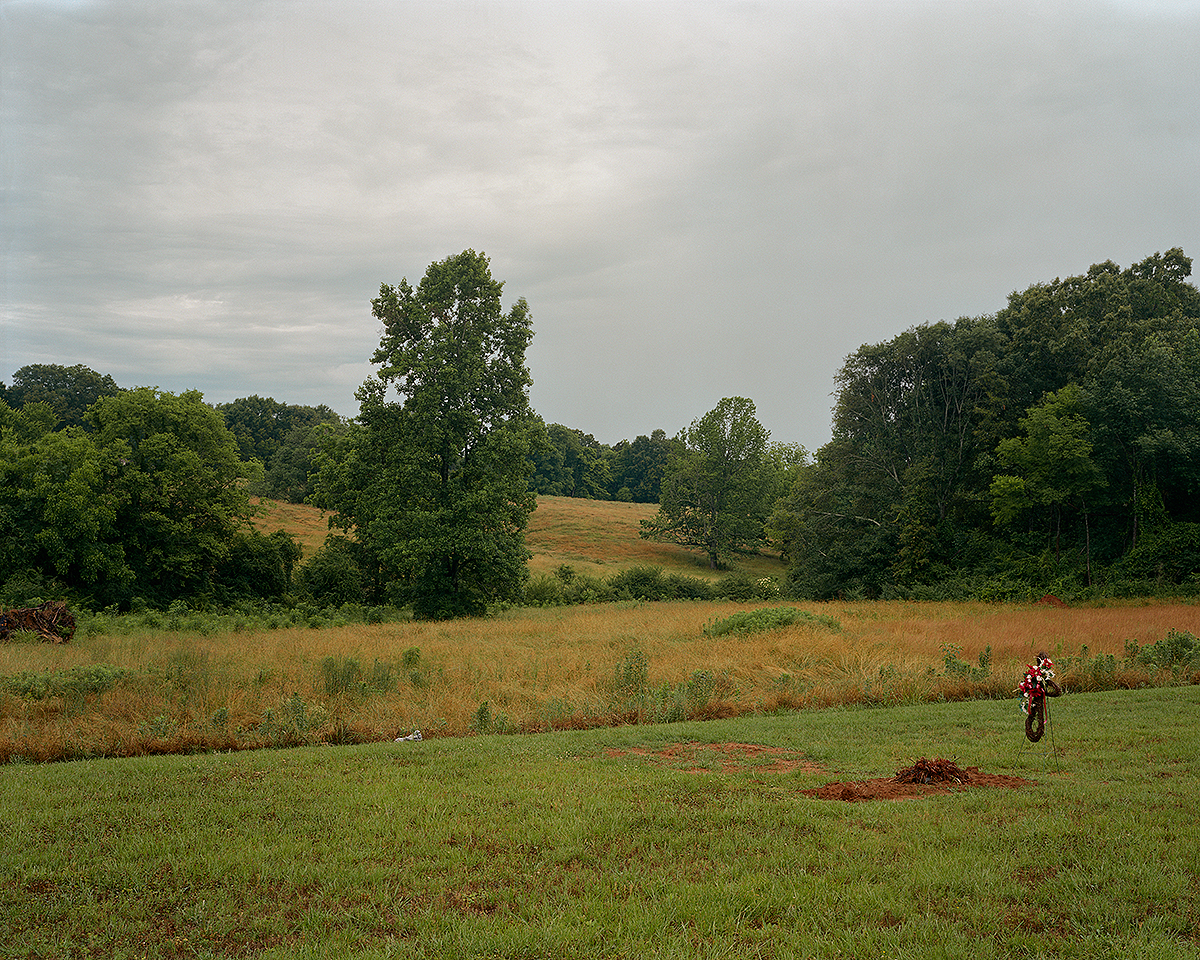Lauren Henkin: what’s found is yours to keep.
When I attended the Slow Exposures Photography Festival in Georgia several years ago, I met Alan F. Rothschild, Jr. and learned about the Do Good Fund. It’s a non-profit organization that acquires photographs and creates exhibitions focused on the South. Last year, through the generosity of the fund, artist Lauren Henkin had the opportunity to spend a month in Alabama capturing the people and places that speak to the beauty, history, and nuance of Southern life.
Lauren has an upcoming solo exhibition at the Center for Maine Contemporary Art that runs from August 28 through October 23. The exhibition, Second Nature, will present a body of work about our changing relationship to the outdoors.
Born in Washington, D.C., Lauren Henkin grew up in Maryland, graduated with a Bachelor of Arts in Architecture from Washington University in St. Louis and now resides in Maine.
Henkin’s work is focused on the tension between preservation and extinction—from fading relationships to invasive growths to material possessions—as told through the American vernacular. Her work resides in over twenty institutional collections including Cleveland Museum of Art, Portland Art Museum, Smith College Museum of Art, Brown University’s Bell Gallery among others. Most recently, Yale University acquired 100 prints. Musée Magazine, PDN, New York Magazine, ZingMagazine, Landscape Stories, L’Oeil de la Photographie and The Washington Post have all featured her photographs.
She is also a co-founder and co-editor of theFinch, a journal on artistic practice and intention. In 2010, she founded Vela Noche, a publisher of fine press and artist books.
What’s found is yours to keep.
What’s found is yours to keep. was made in May, 2015, in the heart of the Black Belt of Alabama, where so much of the history of photography is still present. The Do Good Fund, a non-profit organization that acquires and exhibits a growing collection of photographs made in the American South, asked me to spend a month photographing in and around Greensboro, Alabama. What I found is not what I expected. I found a place and people full of contradictions—a place that can’t be defined, dissected or stereotyped. I found warm, welcoming people still clinging to remnants of racism; I found a rich, lush landscape not asking for attention, but demanding it; I found colors both muted and potent—a palette of primary reds, blues and greens so saturated you need to squint at times to take them in; I found some of photography’s most iconic subjects, completely altered by weather and time; I found a place so deep in humility it hurt to leave. I was a visitor, knowing that I would never be able to call it my own. The best I could do is present it as I saw it in the moment, filled with mystery, irony, beauty—with the understanding that I, like every passing breeze, would only be a temporary mark on this place.

By wisdom a house is built, and by understanding it is established; by knowledge the rooms are filled with all precious and pleasant riches. 2015. © Lauren Henkin
Posts on Lenscratch may not be reproduced without the permission of the Lenscratch staff and the photographer.
Recommended
-
Andrew Lichtenstein: This Short Life: Photojournalism as Resistance and ConcernDecember 21st, 2025
-
Paccarik Orue: El MuquiDecember 9th, 2025
-
Lauri Gaffin: Moving Still: A Cinematic Life Frame-by-FrameDecember 4th, 2025
-
Dani Tranchesi: Ordinary MiraclesNovember 30th, 2025
-
Art of Documentary Photography: Elliot RossOctober 30th, 2025







































































